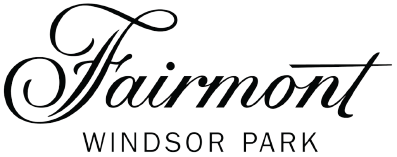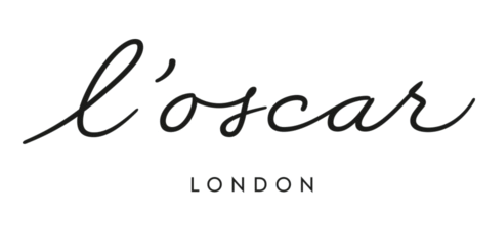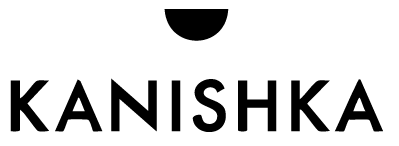
It was recently announced that the UK will not be going into recession this year. However, the economy is expected to undergo further damage. According to the OBR/ Office of Budget Responsibility, It is predicted to shrink by 0.2%. This leaves people wondering whether now is the right time to invest.
If you’re an art collector or an art investor, you may wonder what happens to the art market during periods of recession. This is what we will be exploring in this blog post.
Continue reading to learn more about how the art market is impacted by economic uncertainty, and to determine whether now is the right time to invest in art. We’ll also be discussing how you can begin investing in art with Grove Gallery.
What Happens to The Art Market During Recession?
Before we explore the impact economic uncertainty can have on the art market, let’s discuss what a recession really means. A recession is defined as two consecutive quarters (three-month periods) of negative economic growth. This last occurred back in 2020 following the Covid-19 pandemic, although it only lasted for half a year.
There have been longer recessions in the past - for example, in 1990 and 2008. Both of these recessions lasted 1.25 years (five quarters). The shockwaves of the pandemic are still hitting the UK economy - and will likely have an impact for years to come.
If you’re considering putting your trust in alternative investments such as art, you should be aware of how the art market performs during a recession. If you assess data from the ‘Great Recession’ of 2007-2009, you’ll notice that the demand for art remained consistent and withstood the extreme economic downturn and uncertain times.
Global art sales in public auctions exceeded $32.9 billion in 2008 - and this figure rose to $28 billion in 2008. In 2006, auction sales were at $26.1 billion. Art sales spiked during the credit crunch - and the art market had a great year following the last recession in 2020.
During a recession, not everything loses value. Be mindful when investing - and be prepared to bolster your cash reserves. For example, instead of having a three-month emergency fund, work to make your emergency funds last for six months.
Should I Buy Art During Recession?
One of the key benefits of art investment is that the art market/ art world is both resilient against financial crisis, and is quick to recover in the event of an economic recession. Following the 2007-2009 recession, global auction sales were only slightly below the 2008 figures. By 2011, the figures were almost on par with the 2007 figures.
This recovery demonstrates the resilience of the art market when other financial markets have been hugely impacted. For example, The S&P 500 figures didn’t match pre-recession figures until 2013, which was two years more than the art market took to recover.
If you’re looking to buy fine art during a recession, be sure to conduct thorough research so you can make a decision with confidence. Check out these top investment tips for building your collection of fine art. As the recession impacted the world’s economies, pieces of art were still selling at impressive prices on the market.
For example, in 2009, the collection of Yves Saint Laurent set a record - fetching a total of $483.8 million at Christie’s. This occurred just five months after the bankruptcy of the Lehman Brothers.
Simply put, purchasing art during a recession moves capital from a slow investment vehicle into a faster-moving (and more secure) investment vehicle. Art investment also has the added benefit of being a tangible asset - something that you can enjoy and brighten up your home with until you’re ready to sell.
Investing in Stocks vs Investing in Art During Recession
As we’ve established, art as an investment has the ability to withstand economic fluctuations - competing with (and often beating) stock market returns. Investing in art can be a better option than investing in stocks and bonds during times of economic uncertainty.
Stocks are liquidated to fight against inflation - but the art market remains steady against these changes. That being said, investing in anything - including art - during recessions is something that should be approached with caution and thorough research.
You could buy a piece of reputable blue-chip art during a recession - but without the right buyer, this investment will be fruitless. This is why art collectors are advised to consider a range of factors when investing in art; not just the value.
Where To Begin Investing In Art
If you’re unsure how to begin investing in art, or you need advice on whether now is the right time for you to add to your art collection, our team of experts at Grove Gallery can help. First of all, you should determine where you’re going to purchase art.
Many people will buy art at an auction house, whereas others will explore art fairs. Art galleries are great places to view and purchase art - and many have in-house art advisors on hand to help. Utilise our expert art advisory services to help you navigate the art market.
Whether you have a particular artist in mind or a certain theme you wish to adhere to, we can find the right piece of art that meets your requirements and preferences.
Visit our London Art Gallery today, or consult our experts to begin your art investment journey. Whether you’re looking to buy contemporary art or you’d simply like to learn more about our exhibitions, we’re on hand to help.






